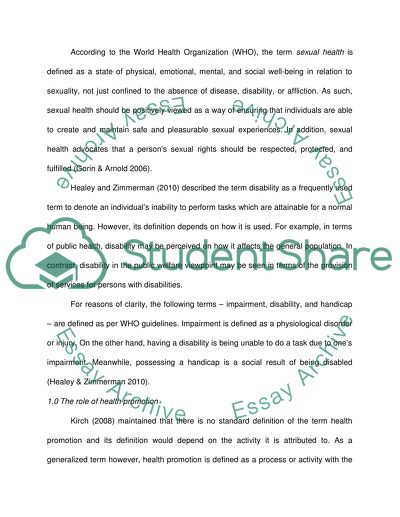Cite this document
(“Sexuality and Health Essay Example | Topics and Well Written Essays - 1500 words”, n.d.)
Retrieved from https://studentshare.org/environmental-studies/1417455-sexuality-and-health
Retrieved from https://studentshare.org/environmental-studies/1417455-sexuality-and-health
(Sexuality and Health Essay Example | Topics and Well Written Essays - 1500 Words)
https://studentshare.org/environmental-studies/1417455-sexuality-and-health.
https://studentshare.org/environmental-studies/1417455-sexuality-and-health.
“Sexuality and Health Essay Example | Topics and Well Written Essays - 1500 Words”, n.d. https://studentshare.org/environmental-studies/1417455-sexuality-and-health.


